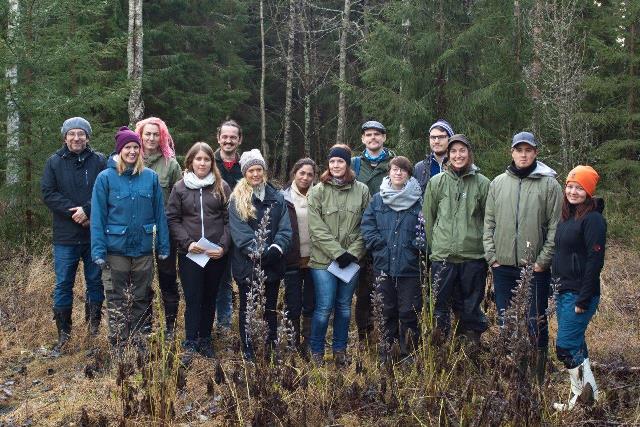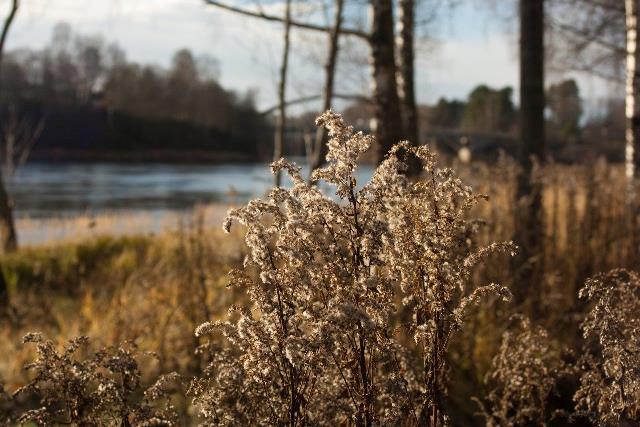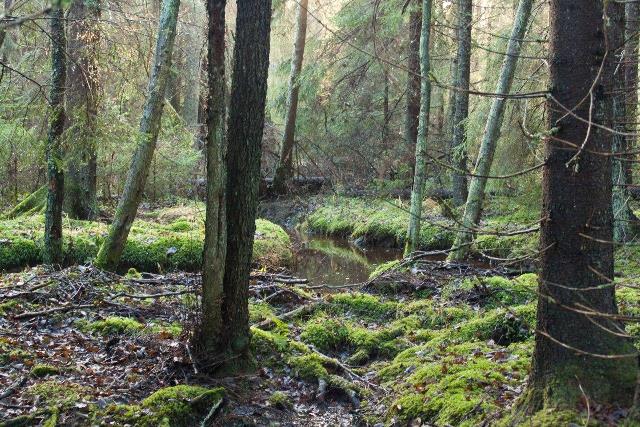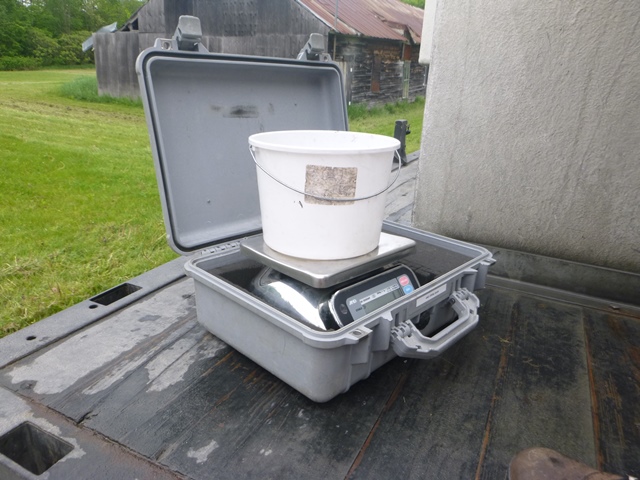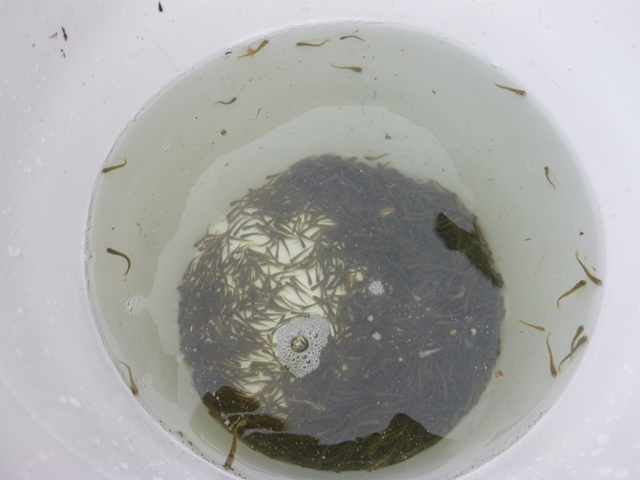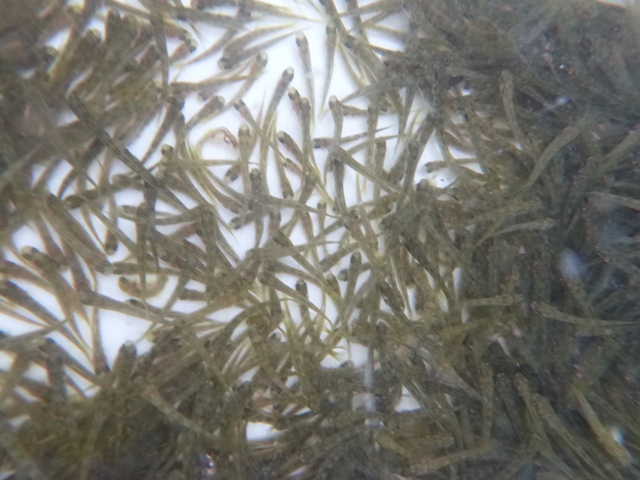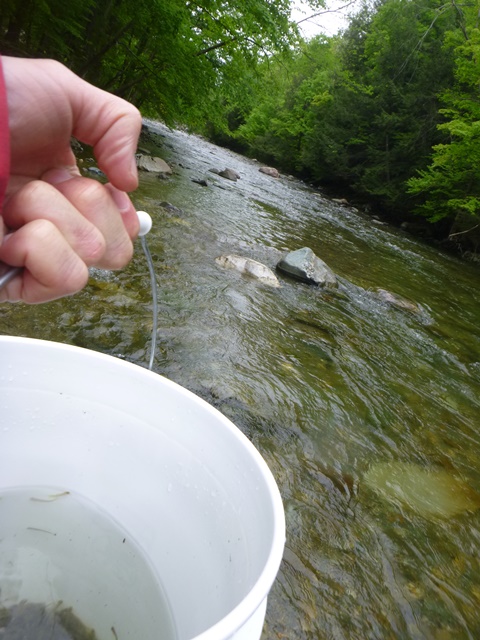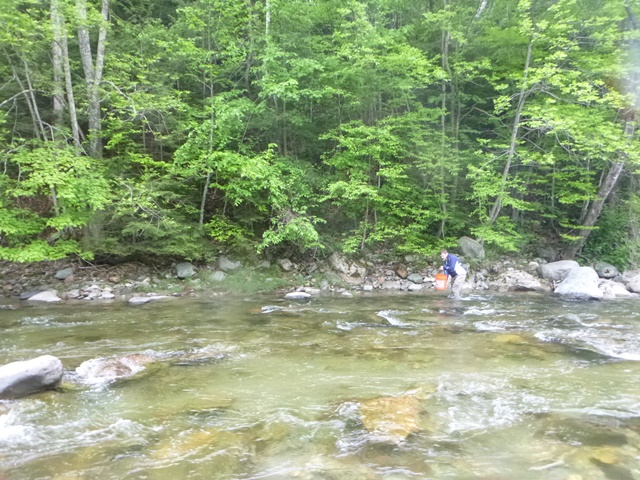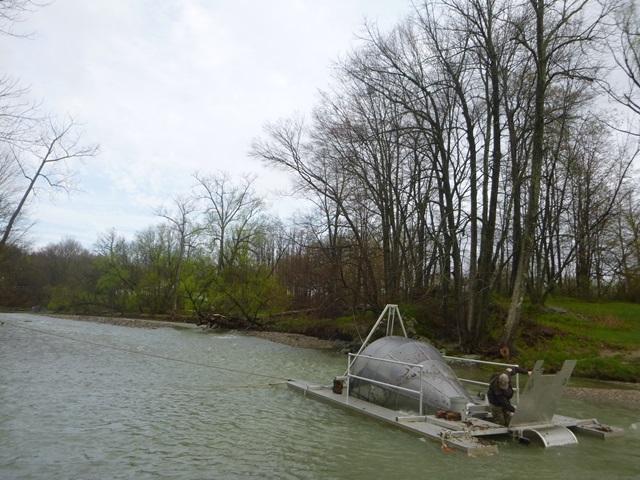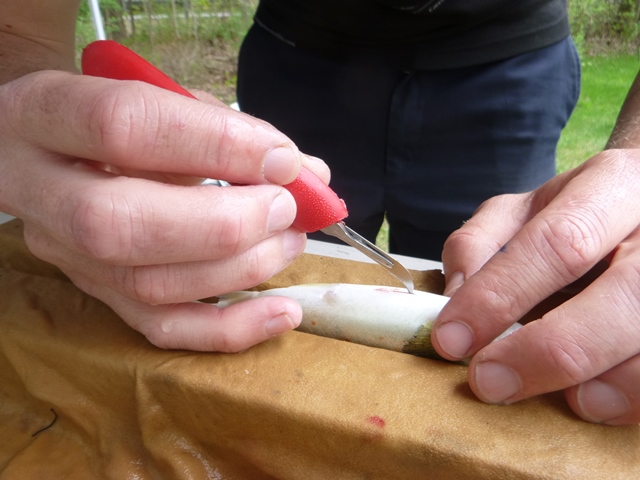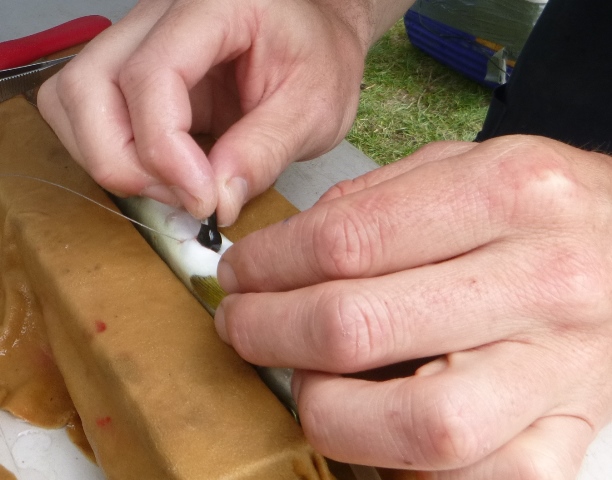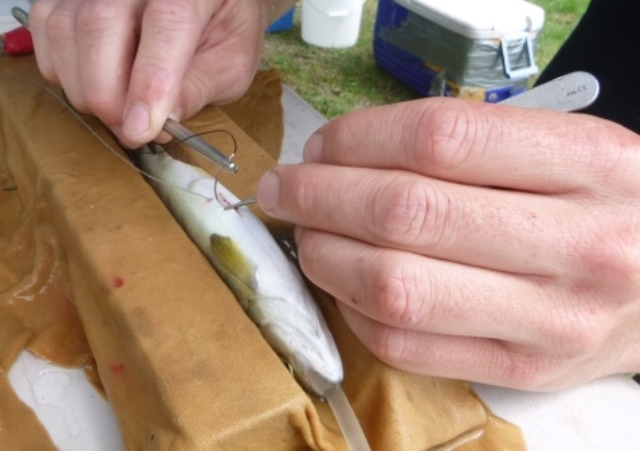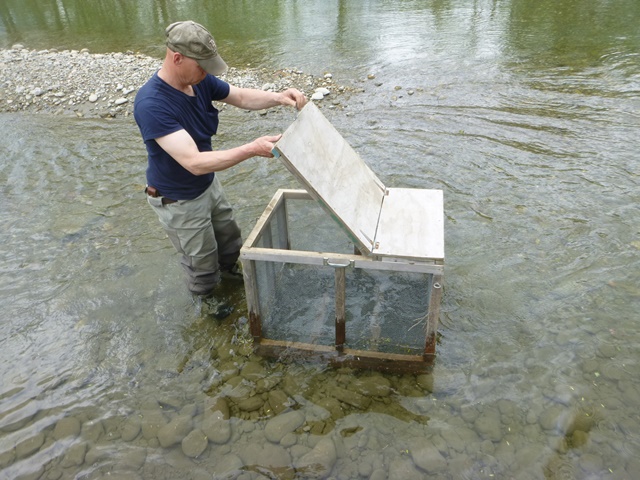Paper: The Migratory Behaviour and Fallback Rate of Landlocked Atlantic Salmon in a Regulated River
Posted by Daniel Nyqvist | Projekt KlarälvenThe scientific paper “The Migratory Behaviour and Fallback Rate of Landlocked Atlantic Salmon (Salmo salar) in a Regulated River: does Timing Matter?” by Anna Hagelin, Olle Calles, Larry Greenberg, Daniel Nyqvist and Eva Bergman was recently published in River Research and Applications. The system studied is the River Klarälven, Sweden and in the abstract the authors write:
“The behavior of early (June–July) and late (August–September) migrating, adult Atlantic salmon, in The River Klarälven, Sweden, was analyzed using radio telemetry. River Klarälven is a regulated river without functioning fishways, instead upstream migrating salmon are trapped and trucked past eight hydropower plants before released back to the river. We distinguished two parts of the spawning migration, that is, one part being the migration from the place where the fish was released to the spawning grounds. The other part was a holding phase on the spawning grounds with little or no movements before spawning. The late salmon spent less of their total time on holding, 36.2%, and more on migration, 63.8%, compared with early migrating salmon, which distributed their time rather evenly between migration, 47.5%, and holding, 52.5%. In total, early salmon used 30% more time migrating and 156% more time holding than late salmon. Some Atlantic salmon (Salmo salar) fell back over the hydropower plant after release and got excluded from spawning. The fallback rates of transported, tagged spawners were higher in the early than in the late group in both years. The fallback rate in 2012 was 42.8% of the early group and 15.1% in the late. In 2013, there were 51.7 % fallbacks in the early group and 3.4% in the late. The salmon fell back on average 9 days after being released in 2012 and 16 days in 2013. A high mean daily discharge on the day of release increased the probability of becoming a fallback”
Download the paper here. If you don’t have free access, email any of the co-authors.



